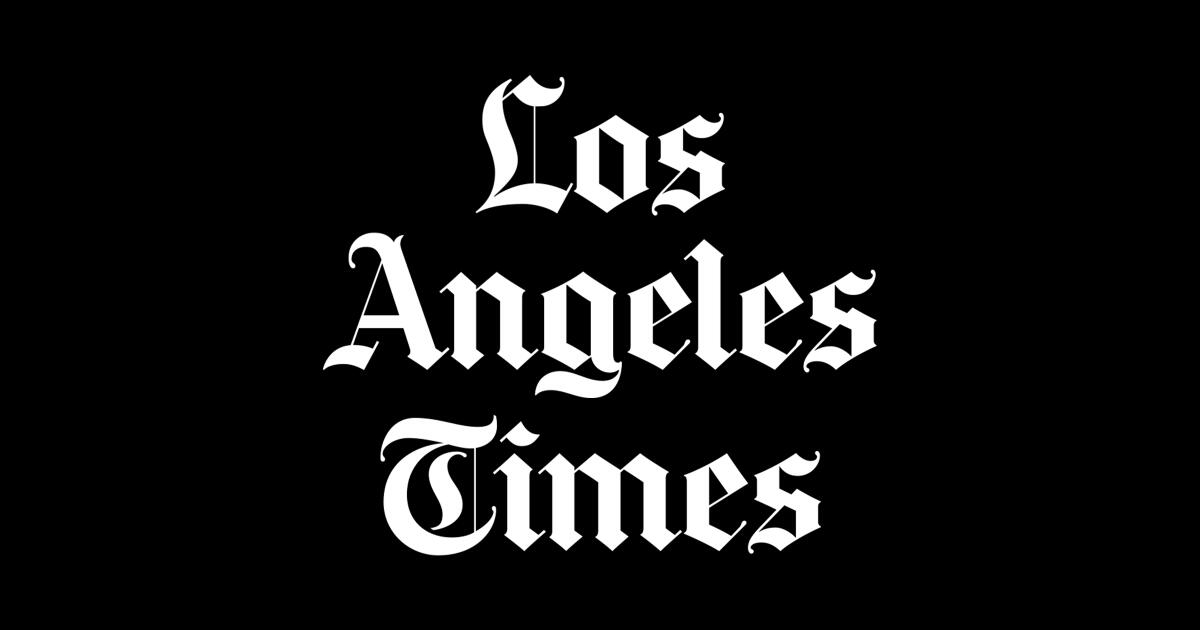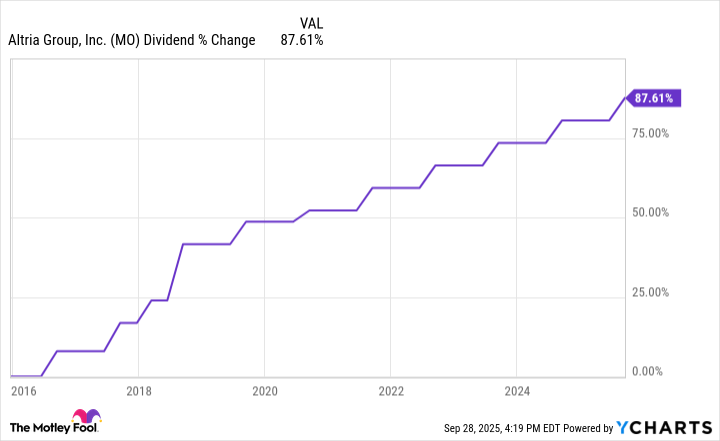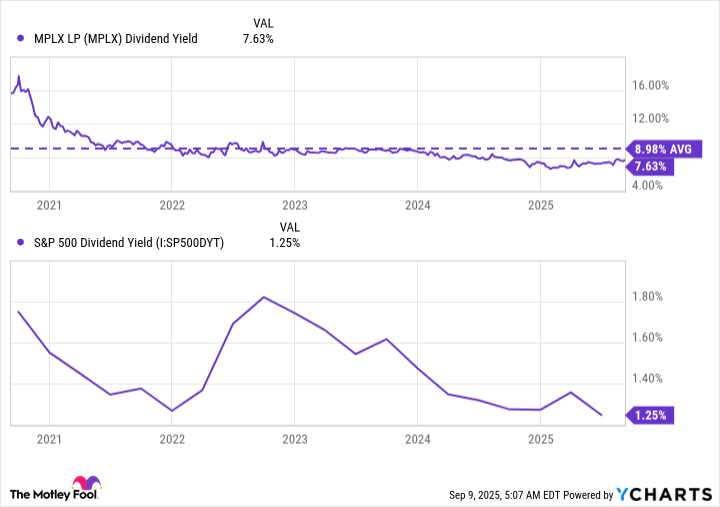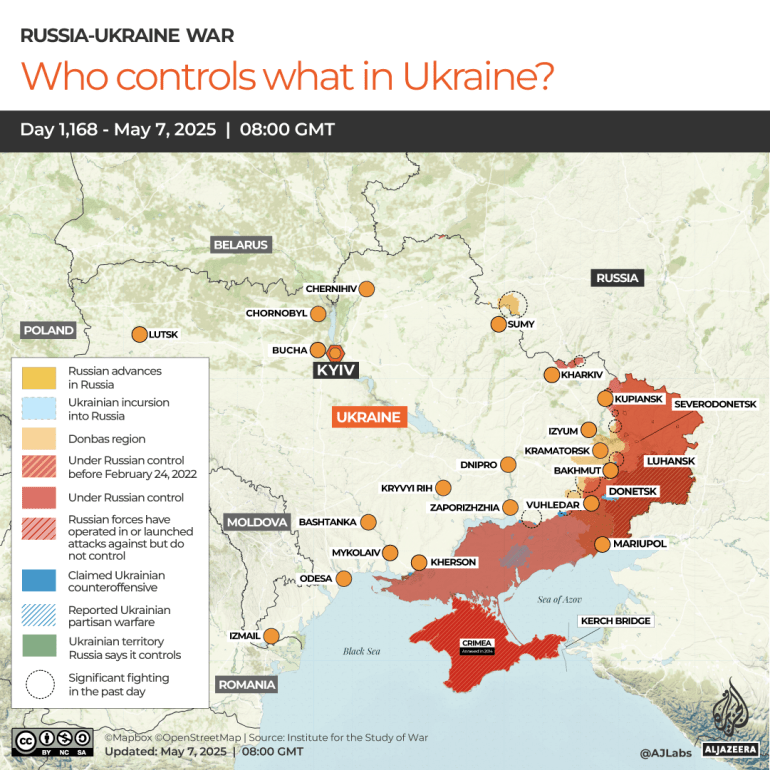Why the Vanguard High Dividend Yield ETF (VYM) Could Be the ETF to Own in 2025
If you’re looking for relative safety, consistency, and passive income, this ETF can offer all three.
Exchange-traded funds (ETFs) are one of the best investments for those looking for lower-effort ways to get involved in the stock market, and the right investment can help you build long-term wealth while barely lifting a finger.
But with some investors worried about potential volatility, it can be tough to choose the right ETF. While there’s no single best investment for every portfolio, there are a few good reasons why the Vanguard High Dividend Yield ETF (VYM -2.00%) could be a great buy in 2025.

Image source: Getty Images.
1. Its diversification can help limit risk
The Vanguard High Dividend Yield ETF contains 579 stocks, which are fairly evenly allocated across 10 different industries. It’s most heavily allocated to the financials sector, representing close to 22% of the fund.
This level of diversification can help mitigate risk. In general, the more stocks you own across a wider variety of industries, the safer your portfolio will be. There are limits to diversification, but if you’re investing in hundreds of stocks across 10 industries, your portfolio won’t be crushed if a handful of stocks or even an entire sector is hit hard in a market downturn.
One thing that makes this fund somewhat different from many other ETFs is its lighter allocation toward tech stocks at only 12% of the fund — compared to, for example, the Vanguard S&P 500 ETF, which devotes over 33% of the fund toward tech.
Tech stocks often deliver higher returns than those from other sectors, but they can also be highly volatile. Relying less on this industry can help reduce risk and short-term turbulence, which can be a major advantage in periods of uncertainty.
2. It offers consistent performance
This ETF won’t experience the same returns as, say, a high-powered growth ETF, and that’s OK. Each fund has its own unique strengths and weaknesses, and the High Dividend Yield ETF’s biggest strength is consistency.
All the stocks in this fund have a history of delivering high dividend yields year after year. Companies with strong dividend payouts are often more mature and established than their younger and more volatile counterparts, as the latter are generally more focused on growing and stabilizing the business than paying out dividends.
This doesn’t mean that these companies won’t face shakiness in the near term, especially during a market downturn. But many of the stocks in this ETF have a decades-long track record of recovering from even the most severe economic rough patches while still paying out consistent dividends to shareholders.
3. Its high dividend can generate passive income
Perhaps the biggest advantage of investing in a dividend ETF is the dividend income itself. This fund most recently paid out a quarterly dividend of around $0.84 per share, and while that may not sound significant, it adds up when you accumulate dozens or hundreds of shares over time.
Dividend ETFs can be particularly strong investments during periods of market uncertainty. Besides the general consistency and diversification that this fund offers, you can also rely on it as a steady source of passive income via dividend payments. While you can reinvest those dividends back into the fund, you can also choose to cash them out each quarter for some extra income.
High-yield dividend funds specifically are designed to pay higher dividends compared to other stocks and ETFs. If you’re looking to grow a stable stream of passive income, the Vanguard High Dividend Yield ETF can help you get there.
It’s unclear where the stock market may be headed throughout the rest of 2025. But during periods of uncertainty, investing in a dividend ETF can help keep your portfolio more protected, regardless of what’s coming.
Katie Brockman has positions in Vanguard S&P 500 ETF. The Motley Fool has positions in and recommends Vanguard S&P 500 ETF and Vanguard Whitehall Funds – Vanguard High Dividend Yield ETF. The Motley Fool has a disclosure policy.

